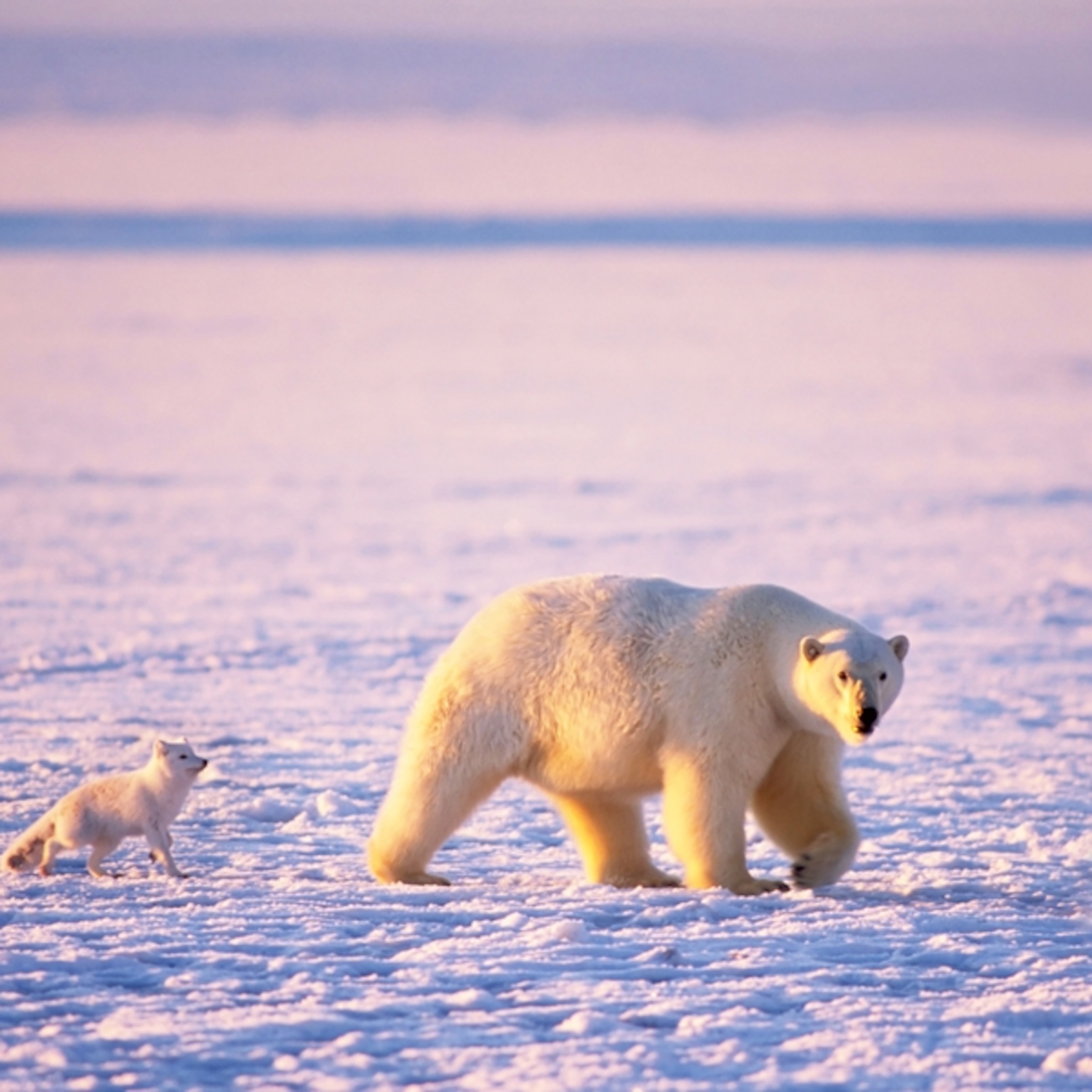Arctic Animals Adaptations Ks1

Distribute the worksheet Arctic Animal Adaptations.
Arctic animals adaptations ks1. Which Animals live in the Arctic. Empty reply does not make any sense for the end user. The LEGO Arctic Map resource can be used as a printed handout for pupils to complete the eight missions on the map or for display on the interactive whiteboard to complete as a whole class exercise.
There are many animals that spend time in the frigid waters of the Arctic and around Antarctica that have a special layer of fat called blubber whales narwhals belugas orcas etc seals sea lions elephant seals walruses polar bears and even baby penguins. Living things are adapted to their habitats. Use them in the classroom by trying some of the following ideas.
This video begins with an explanation of where Antarctica is what the climate is like and what it takes to live thereIt helps to illustrate the conditions in cold environments and how animals are adapted to live in such conditions. How animals are adapted to live in the Arctic polar bear - caribou - musk ox - wolf - wolverine arctic fox - ermine - lemming - arctic hare arctic ground squirrel - birds - whales - harp seal - walrus. Arctic and Antarctic Animals Resources.
Arctic Fox A thick layer of body fat helps to keep it warm. Learn important facts abo. The Arctic All about the Arctic for KS1 This product includes an informative Power Point and printable activities.
Using our accompanying National Geographic Kids lesson plan pupils will learn about how the animals and people that are found in the Arctic have adapted to survive in the environment. Its important for children to understand the dangers that polar bears are facing due to the loss of their natural habitat as a result of climate change. Tes classic free licence.
Animals and Habitats. Have students use the National Geographic Animals website and library resources. Walruses and humpback whales live in the Arctic ocean.



















